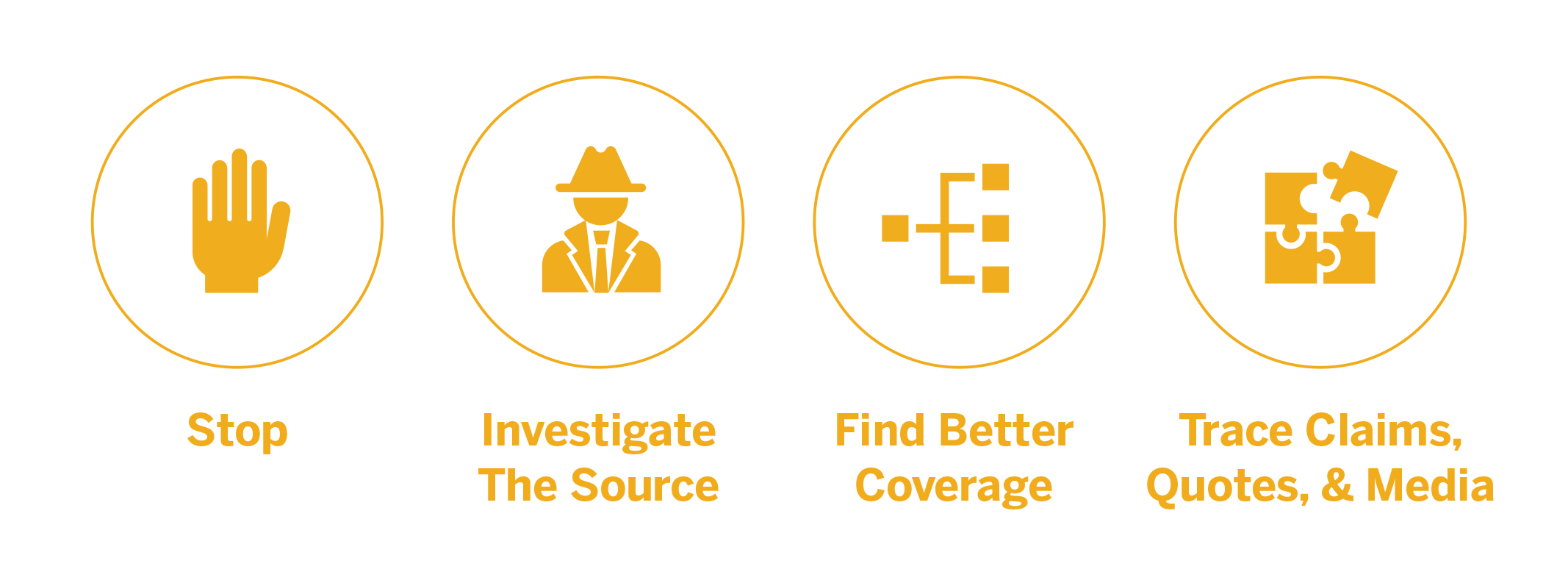1. Here's a story from a news site called Natural News saying that nicotine can cure brain tumors: https://www.naturalnews.com/2023-06-20-ardis-nicotine-can-cure-tumors.html
Do you think Natural News is a reliable source of information? Why or why not? What lateral reading strategy did you use?
2. Here's a story from a site called AP News saying that a German ice cream shop has cricket-flavoured ice cream: https://apnews.com/article/germany-cricket-flavored-ice-cream-30ec8248ff14db3d842316e7b8e68bf7
Do you think AP News is a reliable source of information? Why or why not? What lateral reading strategy did you use?
3. Here's a piece from the Policy section of a British news magazine called The Spectator: https://thespectator.com/topic/wildfire-apocalypse-canada-climate-change/
Do you think the author has expertise in this area? Why or why not? What lateral reading strategy did you use?
4. The following site reports on the results of a study connecting soda consumption by children with an increased likelihood of alcohol use: https://neurosciencenews.com/soda-alcohol-children-25174/
Can you track down the original source? How did you do it?
Some exercises drawn from CTRL-F: https://ctrl-f.ca/en/resources/

Examples of Vertical Reading:
Examples of Lateral Reading: